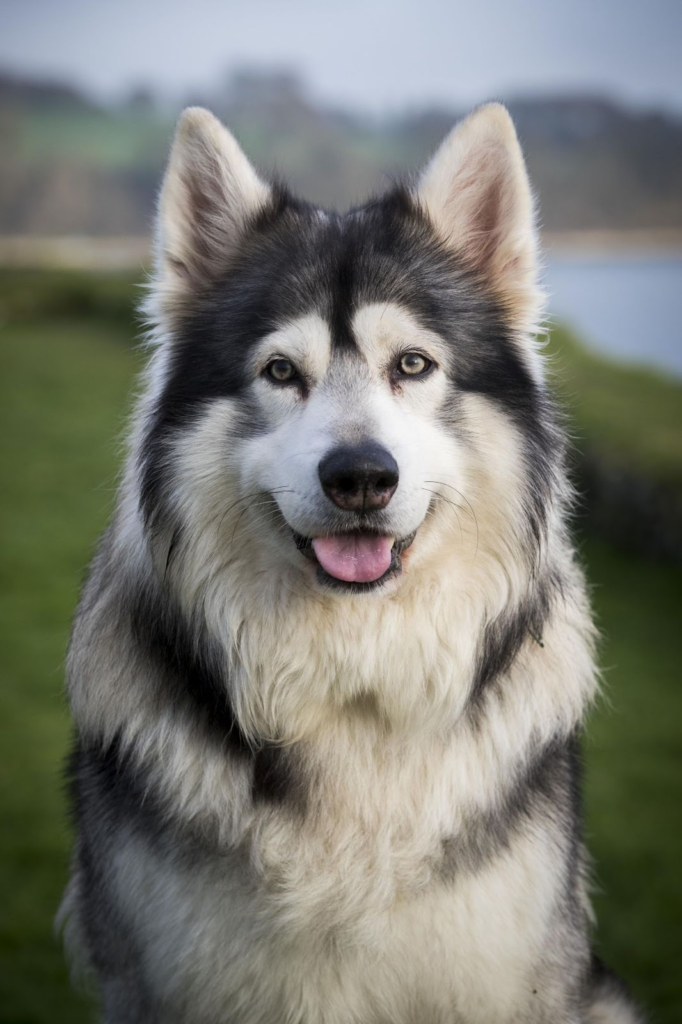Wolf dog breeds are captivating and unique animals that combine the characteristics of domestic dogs and their wild wolf ancestors. These captivating creatures have been bred for generations, resulting in a wide range of wolf-dog breeds with diverse traits and appearances. If you’ve ever been intrigued by these remarkable canines, join us as we embark on a journey to explore the fascinating world of wolf-dog breeds.
Table of Contents
The Origin and Evolution of Wolf Dog Breeds

The roots of wolf-dog breeds can be traced back thousands of years to the domestication of wolves by early humans. Ancient humans recognized the benefits of having wolves as companions and hunting partners, which eventually led to the selective breeding of wolves with desirable traits. Over time, this process gave rise to the various wolf dog breeds we know today. Each breed carries a unique blend of characteristics inherited from their wolf ancestors and domestic dog lineage.
Understanding the Different Types of Wolf Dog Breeds
Wolf dog breeds can be broadly categorized into three main types: low-content, mid-content, and high-content. Low-content wolf dogs have a smaller percentage of wolf genetics and tend to exhibit more domestic dog traits. Mid-content wolf dogs have a moderate amount of wolf genetics and display a balance between wolf and dog characteristics. High-content wolf dogs have a significant amount of wolf genetics and closely resemble their wild ancestors. It’s important to note that high-content wolf dogs require experienced owners due to their strong wolf instincts.
Popular Wolf Dog Breeds and Their Distinctive Features

Within the realm of wolf-dog breeds, several popular and recognizable breeds have gained popularity among enthusiasts. The Alaskan Malamute, known for its strength and endurance, is often mistaken for a wolf due to its striking appearance. The Czechoslovakian Wolfdog, a breed developed through careful crossbreeding between German Shepherds and Carpathian wolves, exhibits intelligence, loyalty, and a strong prey drive. Another well-known breed is the Saarloos Wolfdog, originating from the crossing of German Shepherds and European wolves. This breed possesses an aloof but gentle nature.
The Myths and Misconceptions Surrounding Wolf Dog Breeds
Wolf dog breeds have long been surrounded by myths and misconceptions, largely fueled by their resemblance to their wild counterparts. One common misconception is that wolf-dog breeds are dangerous and unpredictable. While it’s true that high-content wolf dogs may exhibit more pronounced wolf instincts, the behavior of any wolf dog breed ultimately depends on various factors such as genetics, socialization, and training. Another myth is that wolf-dog breeds are suitable for everyone. In reality, these unique breeds require dedicated owners who can provide the necessary time, resources, and expertise to ensure their well-being.
The Care and Training of Wolf Dog Breeds

Proper care and training are essential for the well-being of wolf-dog breeds. Socialization from an early age is crucial to ensure that these dogs grow up to be well-rounded and confident. Positive reinforcement-based training methods work best, as harsh or punitive techniques can lead to fear or aggression. Regular exercise is vital for these active and intelligent breeds, as it helps channel their energy and prevent behavioral issues. Additionally, providing a secure and enriched environment is important to cater to their natural instincts and prevent potential escape attempts.
Considerations Before Owning a Wolf Dog Breed
Before bringing a wolf-dog breed into your home, there are several important considerations to keep in mind. First and foremost, it’s essential to research and understand the specific needs and challenges associated with owning a wolf dog breed. Ensure that you have enough space and time to dedicate to these dogs, as they thrive in environments that allow for ample exercise and mental stimulation. Additionally, consult local laws and regulations, as some areas have restrictions or requirements for owning wolf dog breeds. Finally, finding a reputable breeder or considering adoption from a wolf-dog rescue organization can help ensure you are obtaining a healthy and well-socialized dog.
Conclusion
The world of wolf-dog breeds is undoubtedly captivating, offering a glimpse into the fascinating connection between the wild and the domestic. By understanding the origin, types, and distinctive features of these breeds, debunking myths, and learning about their care and training requirements, we can appreciate the unique qualities they bring to our lives. However, it is essential to approach owning a wolf dog breed with knowledge, responsibility, and a deep commitment to their well-being. With the right environment, training, and love, wolf-dog breeds can thrive as cherished companions, bringing their remarkable spirit and beauty to our homes.
Learn about: Experience the electrifying excitement of Florida Panthers hockey games, where the action on ice ignites unforgettable moments